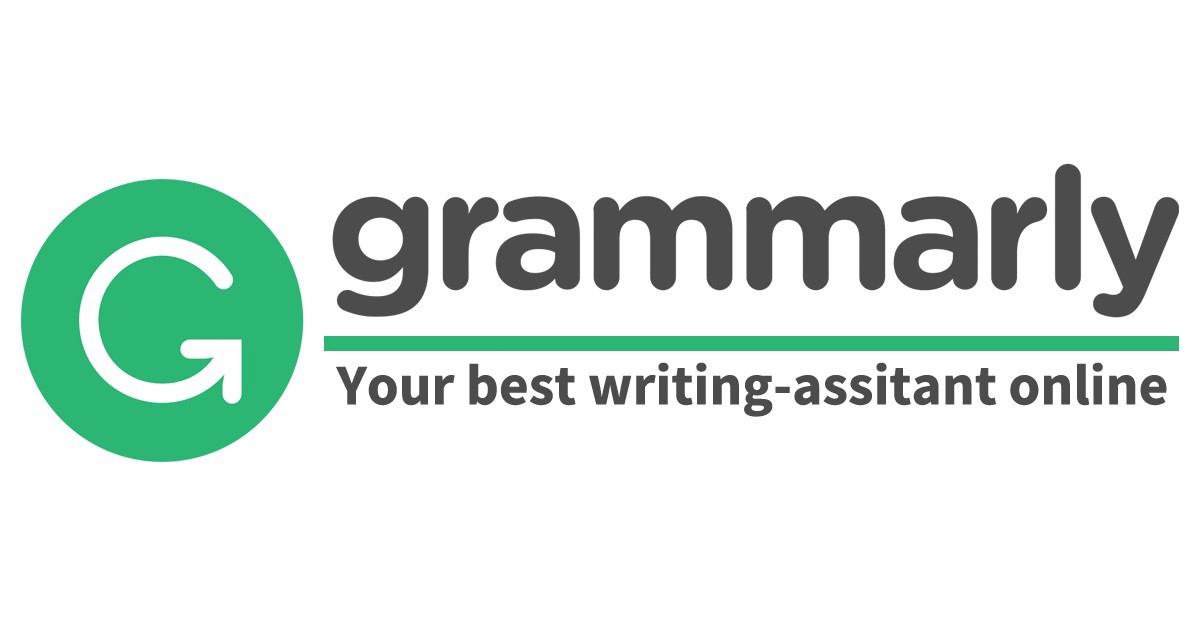QUALITY ASSESSMENT SERVICE OF DAYCARE LIVING IN JAKARTA
Abstract
The young mothers of careers who live in metropolis and as people with toddlers especially in Jakarta Capital Special Region, today faces a variety of challenges; one of which is how to take care of their toddlers. In the face of such phenomenon, emerging business activities that offer service programs to take care of children under five with various facilities along with all its limitations. Whether with the emergence of service businesses to take care of children under five especially in metropolis, already provide quality services for customers so feel safe and comfortable to continue their career?
To do research of such phenomenon, selected two subjects residing in Jakarta; that are: “The Harvest Daycare” and “Baby Kangaroo”. Is the quality of services provided from both day care is already in "GOOD" category according to its customers so that their satisfaction is fulfilled? This is the main attraction for case study, in order to reveal some important factors in improving the quality of daycare services. Therefore, the satisfaction of young mothers as customers feels a strong spirit and a strong emotional drive to remain committed to their careers. Research is done by taking samples of both daycare customers and the sample amount is 50 (fifty) customers for each. The research design consists of five dimensions of measurement, namely: Tangibles; Reliability; Responsiveness; Assurance and Empathy; up to the measurement indicators of each dimension. Analytical method using quantitative analysis model application with the name “TEV”.
The result of the research is the customers of both day care feel satisfied, so as to provide an assessment that the quality of services of both daycare in the category of “GOOD”. Indicator which assessment needs to be improved again so that service quality can be improved to be “VERY GOOD” category; then can be read in the conclusions and suggestions chapter of the research report.
References
[2] Tjiptono, Fandy. 2001. Strategi Pemasaran. Edisi Pertama. Andi Ofset.Yogyakarta.
[3] Parasuraman, A., V. A. Zeithaml, dan L.L. Berry, 1998, SERVQUAL: A Multiple-Item Scale for Measuring Consumer Perceptions of Service Quality, Journal of Retailing, Vol. 64, No. 1.
[4] Kotler, Philip. 2002. Manajemen Pemasaran di Indonesia: Analisis, Perencanaan, Implementasi dan Pengendalian. Salemba Empat. Jakarta.
[5] Swastha, Basu. 2000. Azas-azas Marketing. Liberty. Yogyakarta.
[6] Kotler, Philip. 2001. Manajemen Pemasaran di Indonesia: Analisis, Perencanaan,Implementasi dan Pengendalian. Salemba Empat. Jakarta.
[7] Tjiptono, Fandy. 1997, Strategi Pemasaran Edisi 2, Andi, Yogyakarta.
[8] Zeithamil,V.A. And M.J. Bitner,1996, Services Marketing, The McGraw-Hill Companies,
[8] Lovelock & Wright. 2005. Manajemen Pemasaran Jasa. Jakarta: Indeks.
[9] Puguh Suharso, 2010. Model Analisis Kuantitatif “TEV”. Jakarta: PT. Indeks.
[10] Uma Sekaran, 2006. Research Methods For Business: Metodologi Penelitian Untuk Bisnis. Jakarta: Penerbit Salemba Empat. Buku1, Edisi 4.











 This work is licensed under a Creative Commons Attribution-ShareAlike 4.0
This work is licensed under a Creative Commons Attribution-ShareAlike 4.0